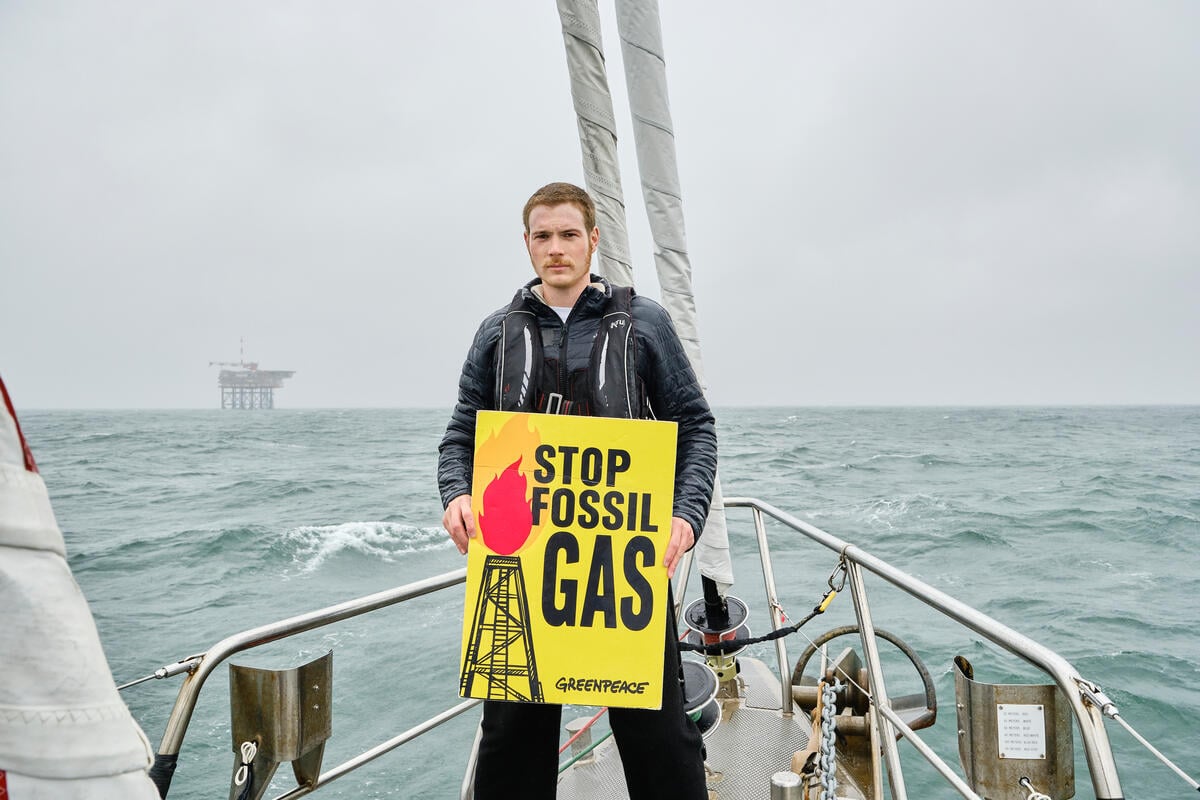It is now very evident that the temperatures in the Arctic are warming due to climate change, with a resulting impact on sea ice. Over the past 100 years, average Arctic temperatures have increased at almost twice the global average rate.
An earlier break-up and melting of the Arctic sea ice in the spring and a later freeze up in winter leaves the sea unfrozen for a longer period of time. The shorter season of the temporary sea ice is now impacting on several species of Arctic animals – including polar bears and Arctic foxes, which need the sea ice to hunt, and walruses, which use sea ice as a resting and hunting platform. For polar bears, the reduction in sea ice is now considered to be a major threat to their survival in more southerly areas of the Arctic. Ice seals are also being badly affected, since they use the sea ice for raising their young and two seal species are now considered at risk of becoming endangered.
This set of short briefings shows that loss of sea ice habitat in the Arctic is already causing
major problems for some Arctic species.



